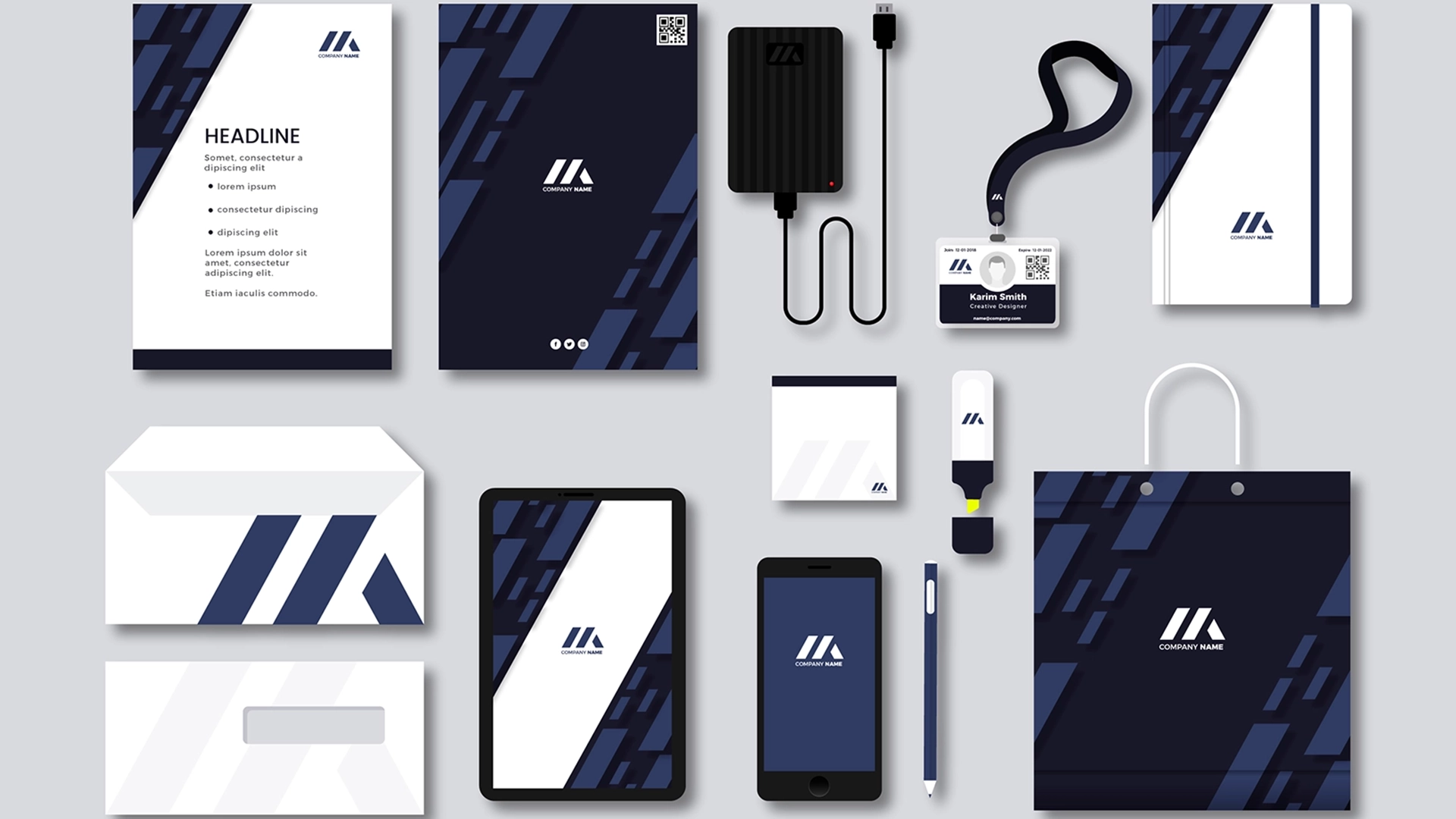Branding is more than just a logo—it’s the foundation of how customers perceive and connect with your business. A well-crafted brand identity goes beyond visuals; it influences trust, recognition, and customer loyalty. Whether you’re launching a new business or refreshing your existing brand, understanding the power of branding can help you create a lasting impact.
This guide explores why branding is more than just a logo, how to develop a strong brand identity, the psychology of colors in branding, the importance of brand consistency, and how personal branding can enhance business success.
Why Branding is More Than Just a Logo
Many businesses assume that branding starts and ends with a logo, but a truly successful brand is built on messaging, values, customer experience, and emotional connection. Your brand should tell a story, communicate your purpose, and build trust with your audience.
Key Elements of a Strong Brand:
- Brand Mission & Vision – What does your company stand for, and what impact do you want to make?
- Brand Voice & Personality – How does your brand “speak” to customers? Is it professional, friendly, bold, or playful?
- Visual Identity – Logos, color palettes, typography, and design elements that make your brand recognizable.
- Customer Experience – How people feel when interacting with your brand, from the website to customer service.
A brand that is clear, consistent, and authentic creates customer loyalty and differentiates your business in a crowded marketplace.
How to Create a Strong Brand Identity That Stands Out
A brand identity is what makes your business instantly recognizable. It’s the visual and emotional representation of your company, influencing how customers perceive and engage with you.
Steps to Creating a Memorable Brand Identity:
1. Define Your Brand Personality
Think of your brand as a person. Is it bold and confident, sleek and modern, or warm and friendly? Your personality should align with your audience’s expectations and preferences.
2. Develop a Cohesive Visual Identity
A strong visual identity includes:
- Logo – A unique and versatile mark that represents your brand.
- Typography – Fonts that reflect your brand’s personality.
- Color Palette – A defined set of colors that evoke emotions and build recognition.
- Imagery Style – Consistent photo, graphic, and video styles that maintain brand identity.
3. Craft a Clear Brand Message
Your brand message should answer:
- What problem do you solve for your customers?
- What makes your business different?
- How do you want people to feel when they interact with your brand?
A strong brand identity builds credibility, loyalty, and recognition, making it easier for customers to connect with and trust your business.
The Psychology of Colors in Branding: How to Choose the Right One
Colors play a crucial role in how people perceive brands. They evoke emotions, influence decision-making, and create instant brand recognition.
Common Brand Color Meanings:
- Blue – Trust, professionalism, security (used by banks and tech companies).
- Red – Energy, urgency, passion (popular for retail and fast food brands).
- Green – Growth, sustainability, health (used by eco-friendly and wellness brands).
- Yellow – Optimism, warmth, happiness (often used by playful or creative brands).
- Black & White – Sophistication, luxury, minimalism (popular in high-end brands).
How to Pick the Right Color for Your Brand:
- Align colors with your brand’s personality and values.
- Consider your target audience and what appeals to them.
- Ensure colors are consistent across all brand materials.
Choosing the right colors strengthens your brand identity and enhances customer trust.
The Importance of Brand Consistency Across All Platforms
A brand is only effective when it is consistent across all platforms—your website, social media, marketing materials, and customer interactions should all reflect the same identity, tone, and values.
Why Brand Consistency Matters:
- Builds Trust – Customers recognize and trust brands that appear the same everywhere.
- Creates Recognition – A cohesive brand is easier to remember and stands out in a crowded market.
- Improves Marketing Efficiency – A clear brand identity makes content creation easier and more effective.
How to Maintain Brand Consistency:
- Use a brand style guide that includes logo usage, fonts, colors, and voice guidelines.
- Ensure all social media, website, and marketing materials align with your brand identity.
- Keep messaging and tone consistent across customer interactions and campaigns.
Brand consistency leads to stronger customer relationships and long-term loyalty.
How Personal Branding Can Boost Your Business
For entrepreneurs, business owners, and industry leaders, personal branding can be just as powerful as company branding. A strong personal brand helps you stand out, establish authority, and create deeper connections with your audience.
Why Personal Branding Matters:
- Positions you as a trusted expert in your field.
- Helps build stronger customer relationships.
- Makes networking and collaborations more impactful.
- Enhances credibility for both you and your business.
How to Build a Personal Brand:
- Be Active on Social Media – Share insights, experiences, and expertise on platforms like LinkedIn, Instagram, or Twitter.
- Engage with Your Audience – Respond to comments, join discussions, and build relationships.
- Showcase Your Expertise – Write articles, participate in speaking engagements, or create educational content.
- Be Authentic – Your personal brand should reflect who you are, not just a curated image.
A strong personal brand builds trust and influence, helping both individuals and businesses grow.
Conclusion
Branding is about more than just a logo—it’s about creating a cohesive, recognizable identity that connects with customers on an emotional level. From choosing the right colors to building brand consistency and leveraging personal branding, businesses that invest in their brand identity position themselves for long-term success.
By establishing a strong, consistent, and engaging brand, you can attract more customers, build loyalty, and create a brand that stands out in the digital space.




